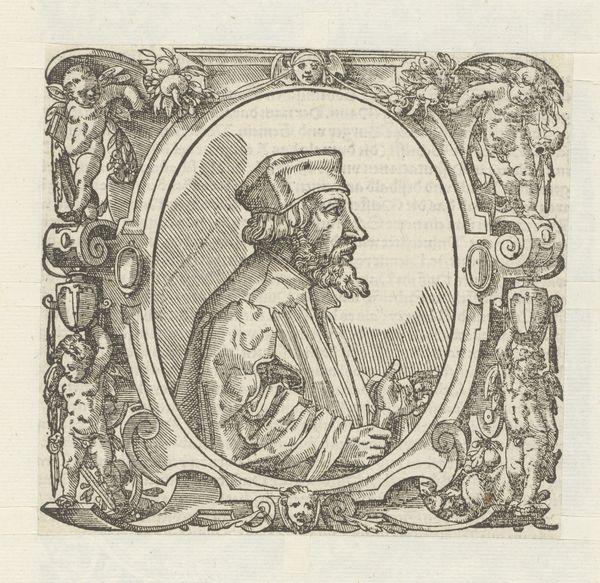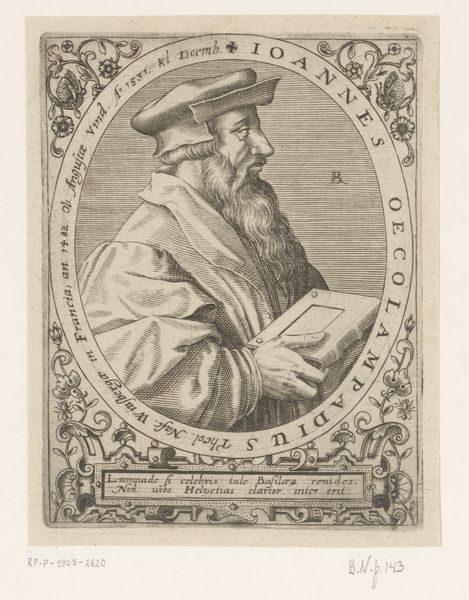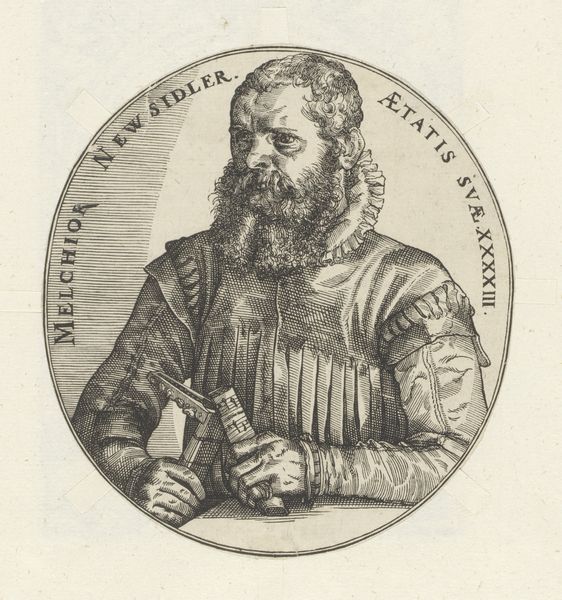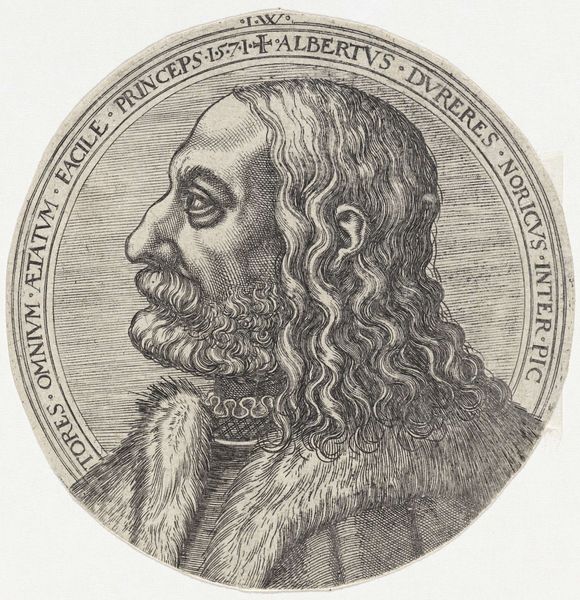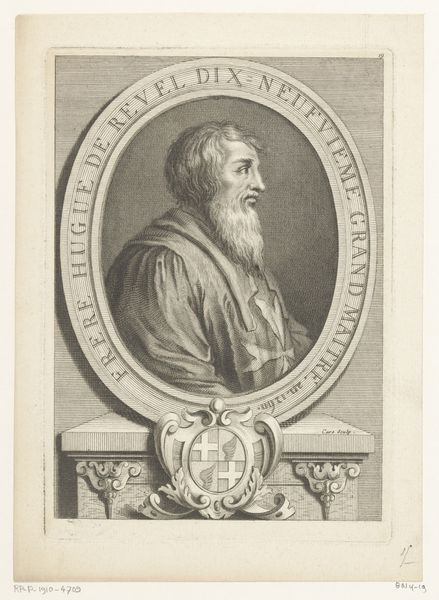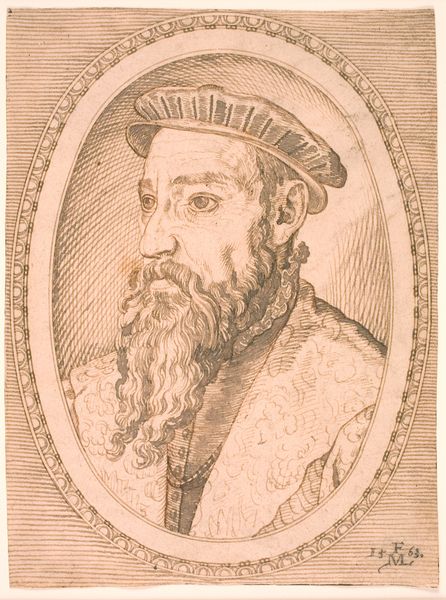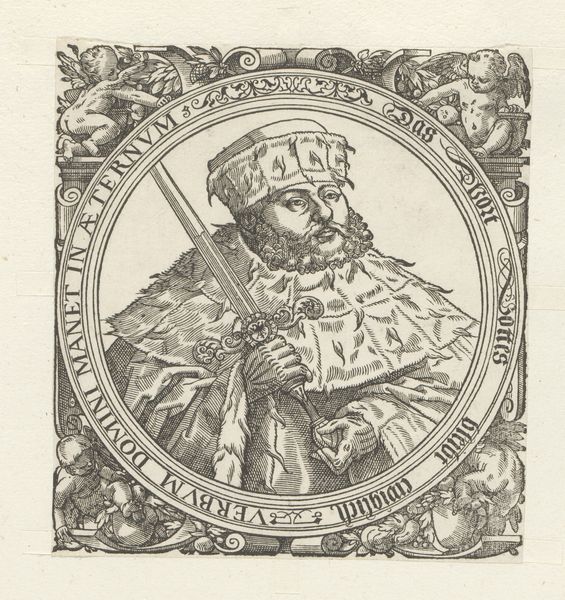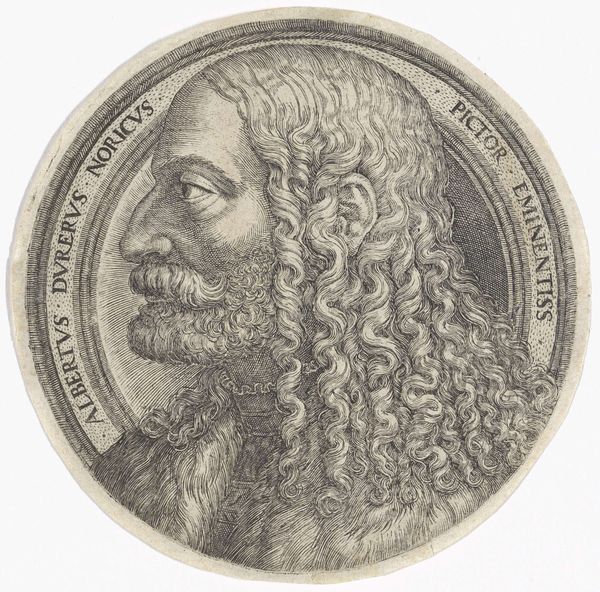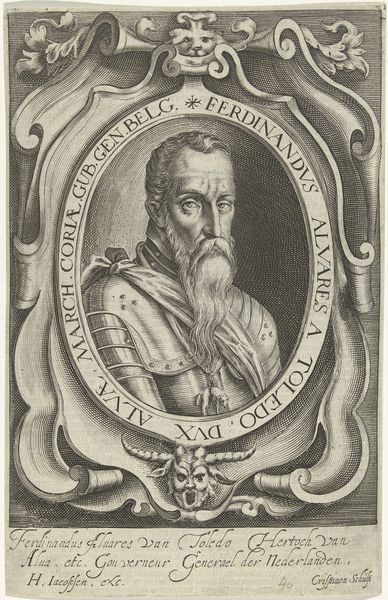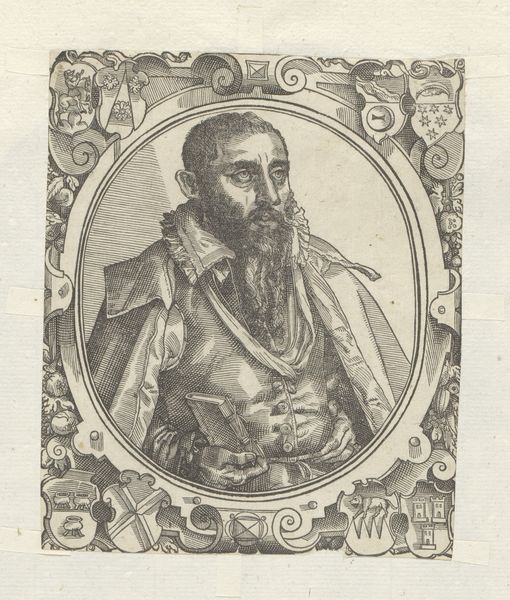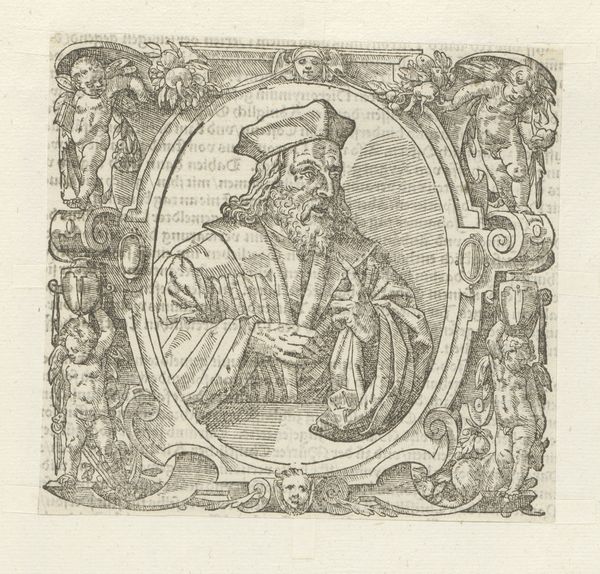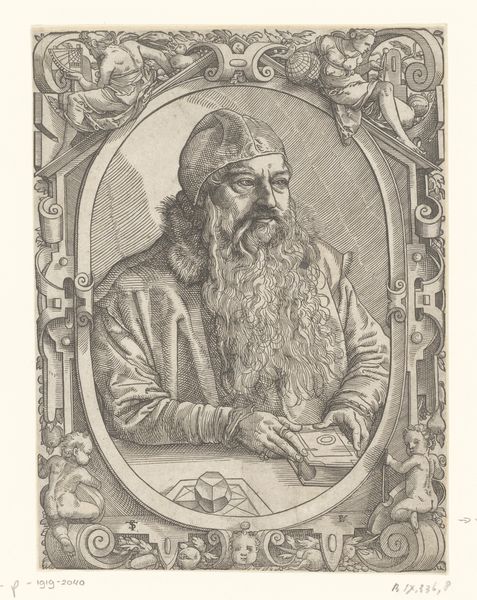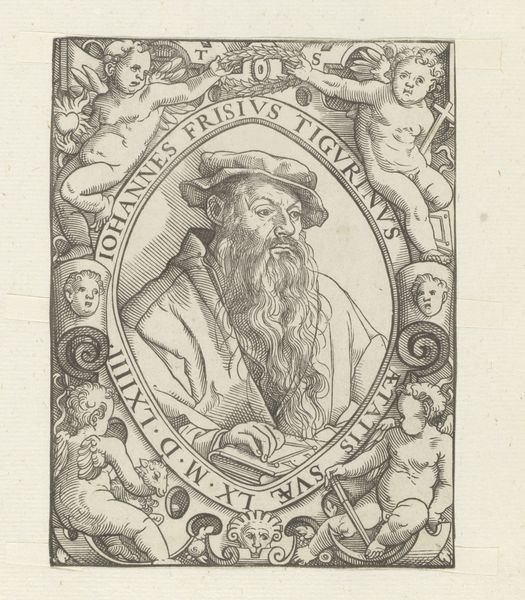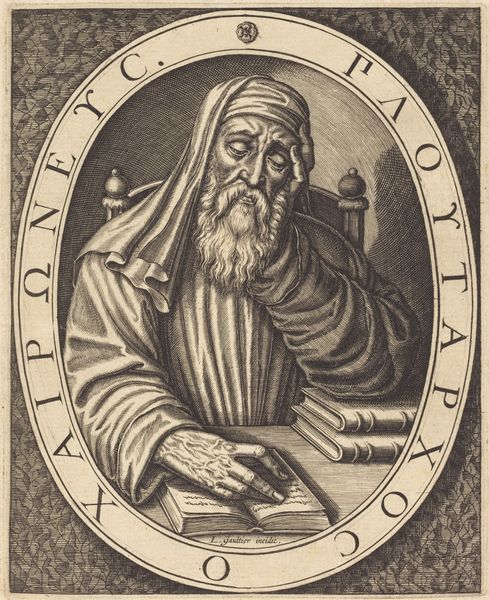![Johann Fichard, 1512-1581, Syndic of Frankfurt am Main [obverse] by Hans Bolsterer](/_next/image?url=https%3A%2F%2Fd2w8kbdekdi1gv.cloudfront.net%2FeyJidWNrZXQiOiAiYXJ0ZXJhLWltYWdlcy1idWNrZXQiLCAia2V5IjogImFydHdvcmtzL2NjZGFjYzFmLTFjYTgtNDg2MS05MWYzLTBmMjk1M2I5NThjYi9jY2RhY2MxZi0xY2E4LTQ4NjEtOTFmMy0wZjI5NTNiOTU4Y2JfZnVsbC5qcGciLCAiZWRpdHMiOiB7InJlc2l6ZSI6IHsid2lkdGgiOiAxOTIwLCAiaGVpZ2h0IjogMTkyMCwgImZpdCI6ICJpbnNpZGUifX19&w=3840&q=75)
Johann Fichard, 1512-1581, Syndic of Frankfurt am Main [obverse] 1547
0:00
0:00
relief, bronze, sculpture
#
portrait
#
medal
#
high-renaissance
#
sculpture
#
relief
#
bronze
#
11_renaissance
#
sculpture
Dimensions: overall (diameter): 4.7 cm (1 7/8 in.) gross weight: 33.06 gr (0.073 lb.) axis: 12:00
Copyright: National Gallery of Art: CC0 1.0
Curator: Let's examine this bronze relief, "Johann Fichard, 1512-1581, Syndic of Frankfurt am Main" created in 1547. It presents the effigy of a dignified man in profile. Editor: The severity of this piece strikes me first. There's a clear focus on capturing not just likeness, but a sense of gravitas. The artist has sculpted a compelling image of authority. Curator: Indeed. The medium itself, bronze, lends a weightiness, both literally and figuratively. The circular form is a study in controlled composition. Note the crisp lines defining the sitter’s face and the calligraphic inscription that borders the relief. How do you see the interplay of these elements? Editor: I am drawn to the man's beard. It’s almost a cascade of curls, meticulously rendered and imbued with cultural meaning. In that era, a substantial beard was often a signifier of wisdom, experience, and perhaps even social standing. It adds to his air of learned respectability. Curator: Precisely! The artist clearly plays with texture to emphasize form. Notice how the smooth surfaces of his cap and doublet contrast against the elaborate curls of his hair and beard. This interplay generates a rich visual dynamic. Editor: There's a tension here between the idealized portrayal typical of Renaissance portraiture and a raw realism in the etched lines and details. That intense gaze suggests a certain worldly engagement. He isn't just any man. This piece encapsulates more than simple visual form; it symbolizes the aspirations and values of his time. Curator: A perfect point. The clean lines, clear subject matter, and the physical form offer insight into that very period of High Renaissance and portraiture, and also serves as a document, encoding power, status, and the subject’s individual existence. Editor: This image of Fichard resonates as a symbolic reflection of Renaissance Frankfurt – the emerging power of merchant princes, self-assured, learned, and deeply invested in their civic roles. It provides a small peephole into history.
Comments
No comments
Be the first to comment and join the conversation on the ultimate creative platform.
